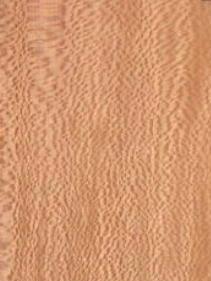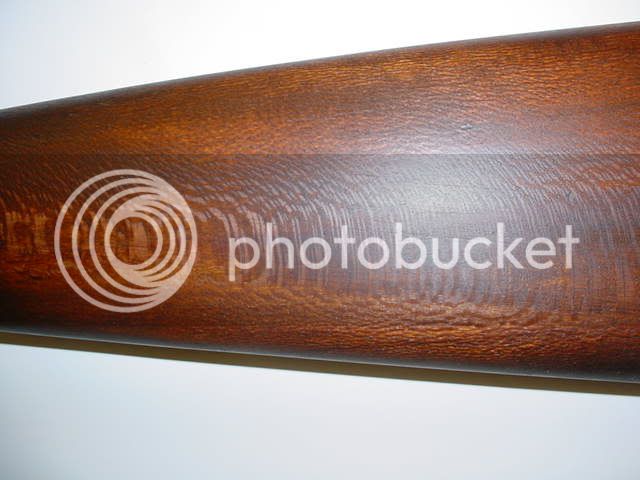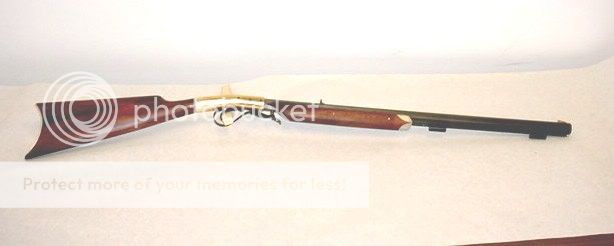- Joined
- Apr 3, 2004
- Messages
- 15,602
- Reaction score
- 19
I know nothing about this wood and welcome any info on it. It is a hardwood and used for flooring I see. But is it hard or how hard is it? How workable is it, does it tend to chip, split etc.
Thanks!
Thanks!








